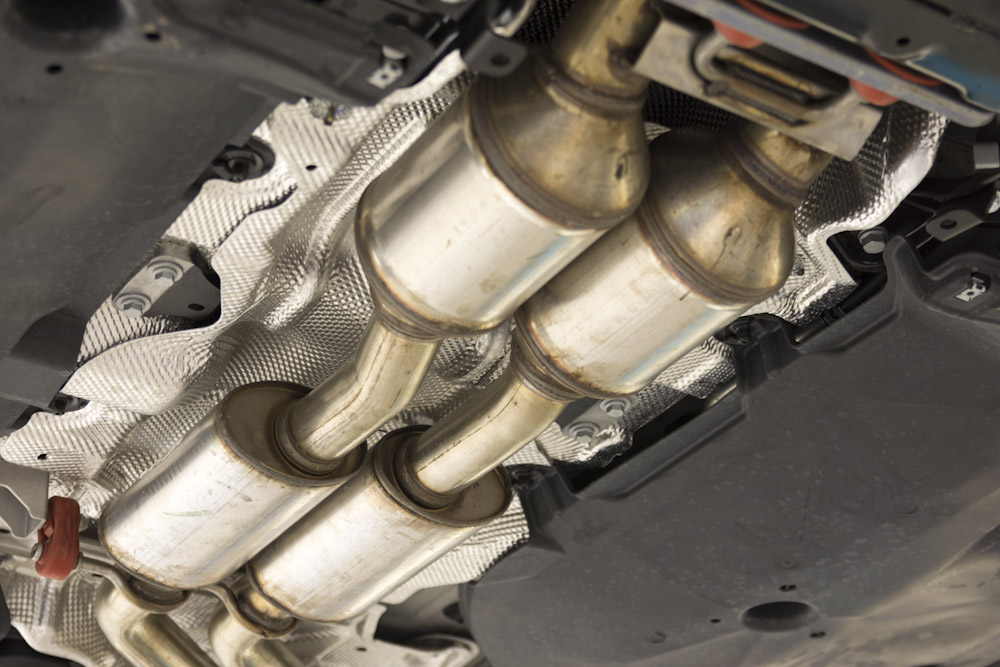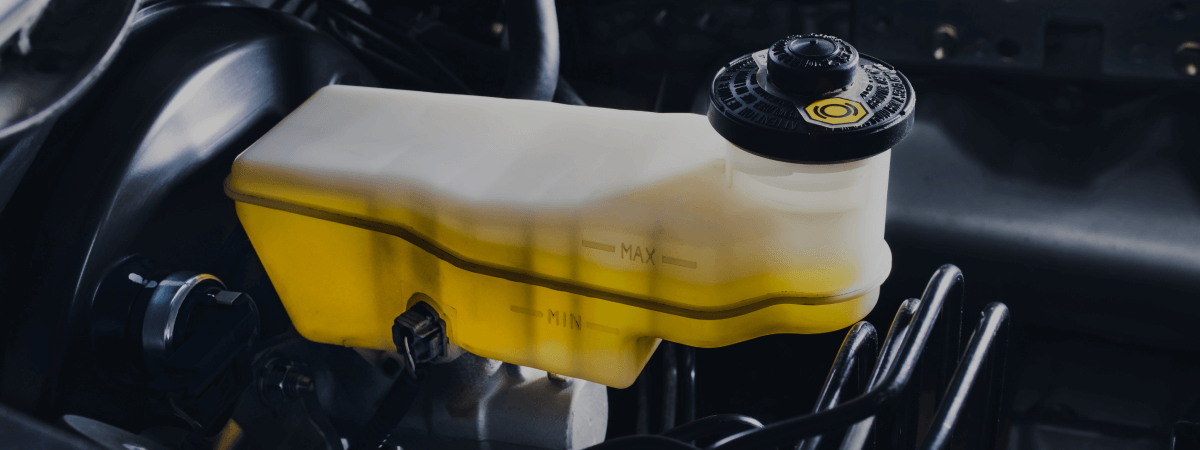
While we’re driving, we aren’t often thinking about all that is going on inside our cars. Like the human body that relies on 11 organ systems to carry out vital functions, a standard automobile has 9 general component systems that work to ensure that the vehicle is able to propel itself forward.
Within these systems are a number of components engineered to facilitate reactions and mechanical processes, expertly calculated to deliver maximum performance. Among the most astonishing reactions that happen within our vehicles is that which occurs inside the catalytic converter. Let’s talk a little bit about the duties of the catalytic converter and why this component is such an important part of most every car on the road.
Basic Function
When your car is running, fuel is directed to the cylinders of the engine where it is ignited by the spark plugs. The resulting combustion ultimately provides the power necessary to turn the wheels, but it also creates harmful byproducts. If released directly into the air at this juncture, toxic hydrocarbons in high concentrations would be swirling in the air around us creating health problems for both us and the environment.
As part of the vehicle’s exhaust system, the purpose of the catalytic converter is to reduce the toxicity of gases from the engine and remove pollutants before the exhaust is released into the air.
Catalyst Materials
The catalytic converter, located between the muffler and the manifold, contains precious metals that aid in the reaction process. The most common metals used are as follows:
Platinum
Like the other two metals in a catalytic converter, platinum is rare and quite expensive. On average there are between 3 and 7 grams of platinum in a standard catalytic converter which means your car may contain up to $260 of platinum.
Palladium
As the most valuable of the three metals found in the catalytic converter, palladium works to remove harmful substances from emissions by way of reaction. Many hybrid vehicles such as the Toyota Prius have around 2 grams of palladium within their catalytic converter. At a whopping $87.15, that metal isn’t cheap.
Rhodium
Last but not least, we have Rhodium. According to The Washington Post, there can be up to $400 worth of Rhodium in a standard vehicle, making the catalytic converter a big target for theft coupled with all the other precious metals it contains. There’s no questioning the value of this component.
Redox Reaction
Redox is the combination of two chemical processes known as reduction and oxidation. When exhausted from the engine interacts with the metals mentioned above within the catalytic converter, nitrogen atoms are removed from nitrogen oxide molecules. The free oxygen atoms then form oxygen gas while free nitrogen atoms form nitrogen gas.
In addition, the catalyst metals also reduce hydrocarbons and carbon monoxide, converting them into carbon dioxide and water. In short, many toxic substances are converted into non-toxic substances.
Signs Your Catalytic Converter Is in Need of Repair
Since your catalytic converter is responsible for cleaning up car exhausted for healthier emissions, it is important to make sure that it is in good working order. Here are some basic signs you may be in need of catalytic converter repair or replacement.
- Sulfer smell coming from the exhaust
- Check engine light is on
- Poor acceleration/performance
- Rattling noise while driving
- Reduced fuel economy
- Failed emissions test
If your car is experiencing any of the above ills, it is wise to have the problem professionally diagnosed. As leaders in Orem auto repair, we would be happy to help you out with your catalytic converter woes. Our mechanics have years of experience addressing such problems and will have you back on the road in no time. Come pay us a visit today.
Related Posts
Key Takeaways On average, passenger vehicle tires last 40,000 to 60,000 miles, depending on type, driving habits, and maintenance. Replace tires when tread depth reaches 2/32”, if damaged, or older than 10 years. Regular rotation, alignment, and proper inflation extend tire life. Aggressive driving, poor roads, and harsh weather shorten tire lifespan. Take advantage [...]
When you think about car maintenance, you probably focus on oil changes, tire rotations, and maybe even brake pad replacement. But what about your brake fluid? If you’ve ever wondered, “What does brake fluid do?” or “Why is brake fluid important?”, you’re not alone. Brake fluid might not be the most talked-about part of [...]
Is that high-pitched squeal from your brakes driving you—and everyone else—crazy? Don’t ignore it. Squeaky brakes aren’t just annoying, they’re your car’s way of saying something needs attention. Whether you're cruising through Salt Lake City or winding up Idaho’s mountain passes, here’s what’s likely going on, how you can fix it, and when it [...]





